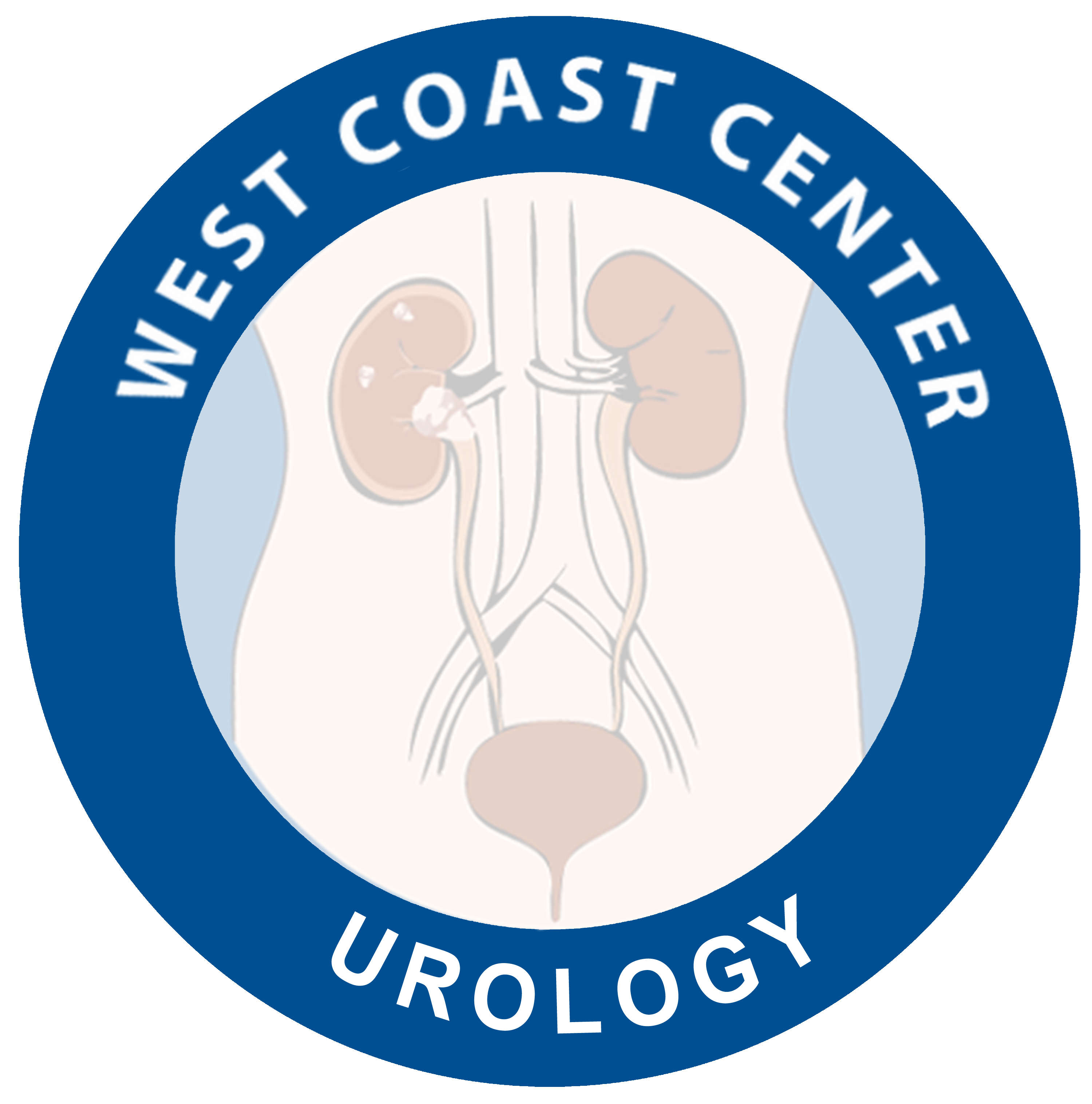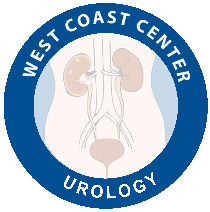Chronic Pelvic Pain
This is a very difficult, and complex medical problem that can affect both women and men of all ages. It is more common in women. It usually requires the involvement of multiple subspecialties and physicians with special expertise and interest in managing these difficult problems
Chronic pelvic pain in women
Pelvic pain in women refers to pain in the lower part of abdomen, pelvic and vaginal area. If asked to locate your pain, you might sweep your hand over that entire area rather than point to a single spot.
The cause of chronic pelvic pain is often hard to find. It can be related to diseases in the pelvic organs including uterus and ovaries, bladder, urethra, pelvic floor muscles, pelvic nerves. Pain can sometimes radiate from other sites like lower back. Sometimes, it is difficult to diagnose and explain the pain. But that doesn’t mean that your pain isn’t real and treatable. In addition, psychological factors may contribute to your pain. The emotional distress that may result from dealing with pain that has no good explanation over a long period of time often in itself makes the pain feel worse.
If no cause can be found, treatment focuses on managing the pain.
Chronic pelvic pain has many different characteristics. Signs and symptoms may include:
- Severe and steady pain
- Pain that comes and goes (intermittent)
- Dull aching
- Sharp pains or cramping
- Pressure or heaviness deep within your pelvis
In addition, you may experience:
- Pain during intercourse
- Pain while having a bowel movement or urinating
- Pain when you sit for long periods of time
Your discomfort may intensify after standing for long periods and may be relieved when you lie down. The pain may be mild and annoying, or it may be so severe that you miss work, can’t sleep and can’t exercise.
Some causes of chronic pelvic pain include:
- Tension in your pelvic floor muscles (Pelvic floor dysfunction) – Spasms or tension of the pelvic floor muscles can lead to recurring pelvic pain, as well as pain during sexual activities
- Chronic pelvic inflammatory disease – This can occur if a long-term infection, often sexually transmitted, causes scarring that involves your pelvic organs.
- Uterine Pathology as –
- Endometriosis. This is a condition in which tissue from the lining of your womb (uterus) grows outside your uterus. These deposits of tissue respond to your menstrual cycle, just as your uterine lining does — thickening, breaking down and bleeding each month as your hormone levels rise and fall. Because it’s happening outside your uterus, the blood and tissue can’t exit your body through your vagina. Instead, they remain in your abdomen, where they may lead to painful cysts and fibrous bands of scar tissue (adhesions)
- Ovarian cyst
- Fibroids. These noncancerous uterine growths may cause pressure or a feeling of heaviness in your lower abdomen. They rarely cause sharp pain unless they become deprived of a blood supply and begin to die (degenerate).
- Irritable bowel syndrome – Symptoms associated with irritable bowel syndrome — bloating, constipation or diarrhea — can be a source of uncomfortable pelvic pain and pressure.
- Painful bladder syndrome (interstitial cystitis) –This condition is associated with chronic inflammation of your bladder and a frequent need to urinate. You may experience pelvic pain as your bladder fills, which may improve temporarily after you empty your bladder.
- Psychological factors – Depression, chronic stress or a history of sexual or physical abuse may increase your risk of chronic pelvic pain. Emotional distress makes pain worse, and living with chronic pain contributes to emotional distress. These two factors often get locked into a vicious cycle.
Evaluation and management of chronic pelvic pain requires the involvement of Urologist, Gynecologist, pain specialist and Physical therapist with special interest in pelvic floor
Chronic pelvic pain in men
The term prostatodynia, or chronic pelvic pain syndrome (CPPS), is used to describe chronic pelvic pain in men. This pain is usually associated with irritative voiding symptoms and/or pain located in the groin, genitalia, or perineum in the absence of pyuria and bacteriuria (no pus cells or bacteria seen on microscopic analysis of the urine).
The use of the term prostatodynia is not encouraged as it suggests that the source of the patient’s symptoms invariably lies within the prostate gland itself. Recent research has provided evidence of numerous extraprostatic causes, including pelvic floor dysfunction, neuropathic and other systemic pathologies.
Psychological stress and depression have long been associated with CPPS flare-ups. Recent research have shown, that psychological stress and depression may measurably influence the local production of cytokines (eg, interleukin 10, interleukin 6) in the pelvis, thus directly exacerbating CPPS inflammation.
Evaluation and management of chronic pelvic pain requires the involvement of Urologist, Gynecologist, pain specialist and Physical therapist with special interest in pelvic floor.

